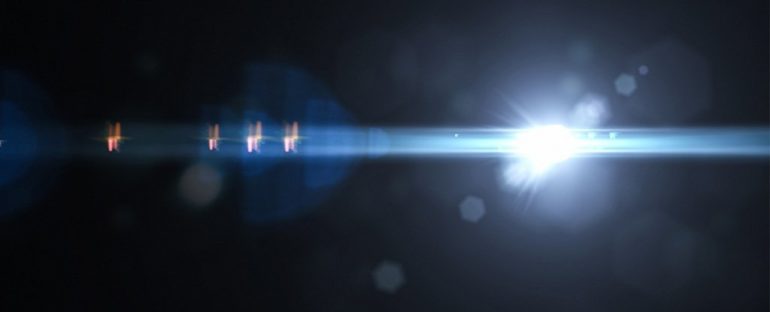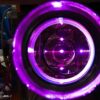The storage and transfer of information is a fundamental part of any computing system, and quantum computing systems are no different – if we’re going to benefit from the speed and security of quantum computers and a quantum internet, then we need to figure out how to shift quantum data around.
One of the ways scientists are approaching this is through optical quantum memory, or using light to store data as maps of particle states, and a new study reports on what researchers are calling a milestone in the field: the successful storage and transfer of light using quantum memory.
The researchers weren’t able to transfer the light very far – just 1.2 millimetres or 0.05 inches – but the process outlined here could form the foundation of the quantum-powered computers and communication systems of the future.
To achieve the feat, scientists used ultra-cold rubidium-87 atoms as a storage medium for the light, offering high levels of both efficiency and lifespan – something that quantum physicists are always struggling to maximise.
The light particle itself is effectively mapped into states of excitation among the atom’s electrons. This forms an electron-photon partnership called a polariton, allowing light to be stored in an atom’s electron hum. An optical conveyor belt was then used to move the atoms with their cargo of light from one spot to another.
“We stored the light by putting it in a suitcase so to speak, only that in our case the suitcase was made of a cloud of cold atoms,” says physicist Patrick Windpassinger from Mainz University in Germany. “We moved this suitcase over a short distance and then took the light out again.
“This is very interesting not only for physics in general, but also for quantum communication, because light is not very easy to ‘capture’, and if you want to transport it elsewhere in a controlled manner, it usually ends up being lost.”
The setup that Windpassinger and his colleagues have come up with here means the light can be transported with very little impact on its properties – which is pretty much essential if you’re looking to move information from one point to another.
This work builds on a similar technique known as electromagnetically induced transparency or EIT, where atoms can be used as storage to trap and map light pulses. As the process is reversible, those light pulses can be retrieved again in the future.
What’s new here is that EIT is adapted to shift light across a distance greater than the size of the storage medium itself. Light isn’t just being packed inside a suitcase and then pulled out again, it’s being moved as well – that’s not easy to do while avoiding any increase in temperature or any shifting inside the suitcase.
As you would expect with this kind of innovation, there’s a long way to go before this will be practical, and the researchers now want to try increasing the storage capacity of their system and the distance it can travel.
One of the areas of research where the approach might be useful is in developing racetrack memory, an experimental type of data storage that promises big upgrades on the speeds and performance of the devices we have today. Being able to store and shift light could be enough to solve some of the development problems racetrack memory has come up against so far.
“By extending the experimental protocol in the future, a racetrack memory for light with different reading and writing sections comes within reach,” the researchers write in their paper.
The research has been published in Physical Review Letters.



